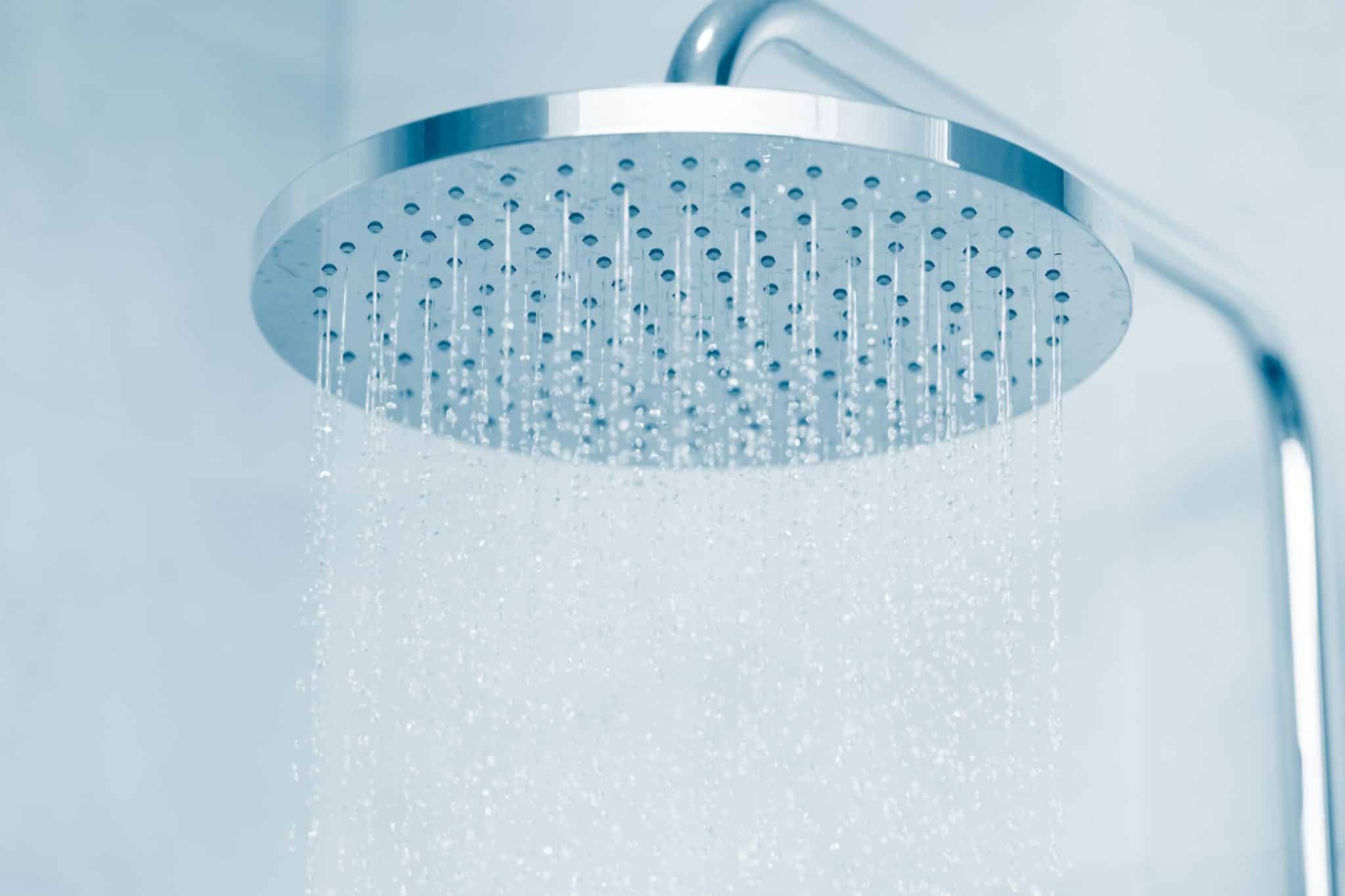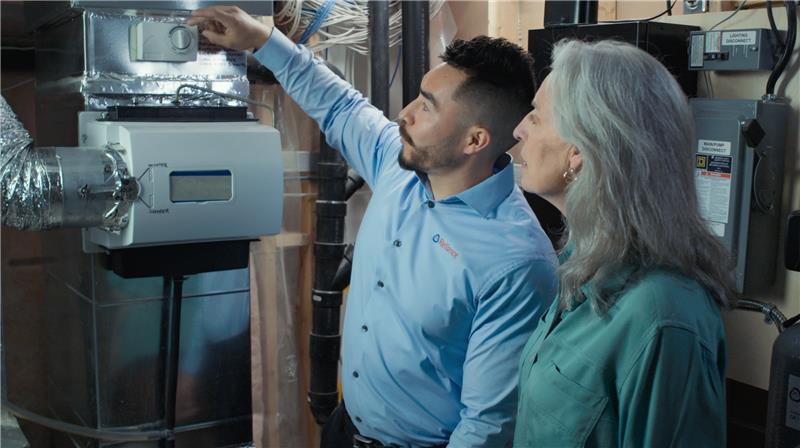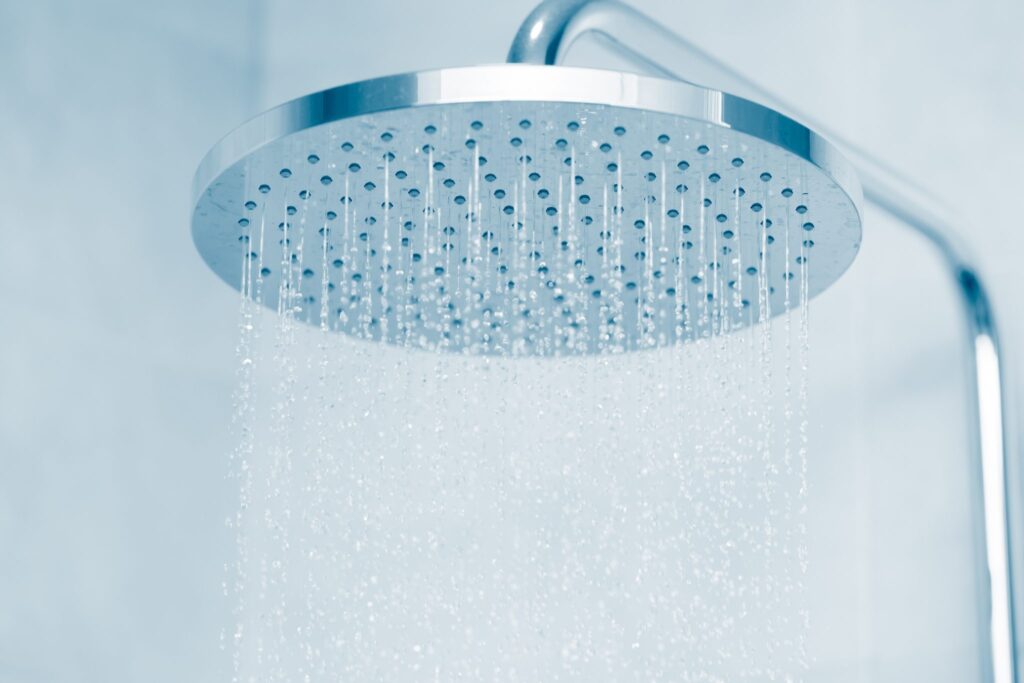After time, you may notice that your laundered clothes are looking a little dull. In the past, you may have associated such issues with your washer and dryer. But if you’ve noticed a build-up of limescale or other deposits on your faucets, sinks and surrounds, chances are the issue stems from your water supply, not your appliances.
Specifically, you might have hard water—a common water-quality concerns of homeowners worldwide.
What is “Hard Water”?
Much of the hard water found in residential water supplies occurs naturally. As water percolates through limestone, chalk or other sedimentary deposits in the ground, it picks up dissolved minerals (especially calcium and magnesium, but also possibly aluminum, iron, manganese and zinc ). When the concentration of these minerals is high enough, the water is considered “hard.”
Hard water can cause the following issues:
-
- Requires more detergent to lather and clean properly
- Leaves residue on laundered fabrics, which can dull colours, reduce the brightness of whites
- Leaves a white film or mineral deposit on bathroom and kitchen fixtures (including sinks and bathtubs, faucets, showerheads, glass doors, etc.), glassware and cutlery
- Reduces the lifespan of some appliances (e.g., dishwashers, washing machines, coffee makers), as mineral deposits narrow water supply and drain lines and build up on internal components.
Measuring Water Hardness
Water hardness is determined based on the concentration of calcium carbonate (CaCO3) in a sample, on a scale from 0 to more than 180 milligrams per litre (mg/L):
-
-
-
-
- Soft: 0 to <60 mg/L
- Moderately hard: 60 to <120 mg/L
- Hard: 120 to <180 mg/L
- Very hard: 180 mg/L and over.
-
-
-
How to Test for Your Home’s Water Supply for Hardness
“The DIY Home Test” – a reliable way to gauge the hardness level of your water
- Materials:
-
- Test kit purchased in a home improvement, hardware or online store (note: look for a kit from a reputable manufacturer that measures hardness; not all tests do!)
- A clean glass or plastic container
- Tap water collected straight from your faucet
2. Steps:
-
- Follow the instructions in the kit. Likely steps include:Fill the container with tap water.
-
- Immerse the provided test strip into the water.
- Observe for a reaction (e.g., colour change).
- Compare the resulting strip colour with the kit’s chart to determine hardness.
- Still not sure whether you have hard water in your home? Watch this handy video to learn some of the warning signs.
-
- Follow the instructions in the kit. Likely steps include:Fill the container with tap water.
A Reliable and Cost-Effective Way to Fix Hard Water: Use a Water Softener
The most common water softeners on the market today remove calcium and magnesium ions from hard water and replace them with sodium ions. Because sodium doesn’t interfere with the sudsing action of household soaps and detergents, the water-softening process helps detergents to remove dirt and oils more effectively from clothing, dishes and skin, and the absence of calcium and magnesium means fewer mineral deposits on hard and soft surfaces, including laundered fabrics.
The result: You’ll reduce the amount of soaps and detergents you need to get your laundry cleaner, whiter and brighter, while also saving time and money on clean-up of your household plumbing fixtures and appliances, and overall, providing a better cleaning experience.
To learn more about the specific benefits of a water softener for your home, call a Reliance™ Water Purification Advisor or book a free consultation online. Interested in learning more about water purification for your home? Be sure to read our Ultimate Water Purification Guide!
Watch This: How a Reverse Osmosis System Can Benefit Your Drinking Water
1World Health Organization, 2011. “Hardness of Drinking-water.” Available here.
2According to https://www.bobvila.com/slideshow/15-problems-hard-water-can-cause-52959
3Government of Canada, n.d. “Guidelines for Canadian Drinking Water Quality: Guideline Technical Document—Hardness.” Available here.







